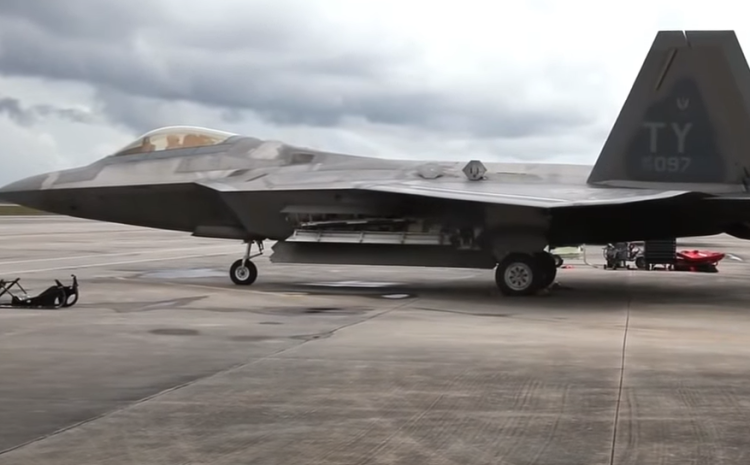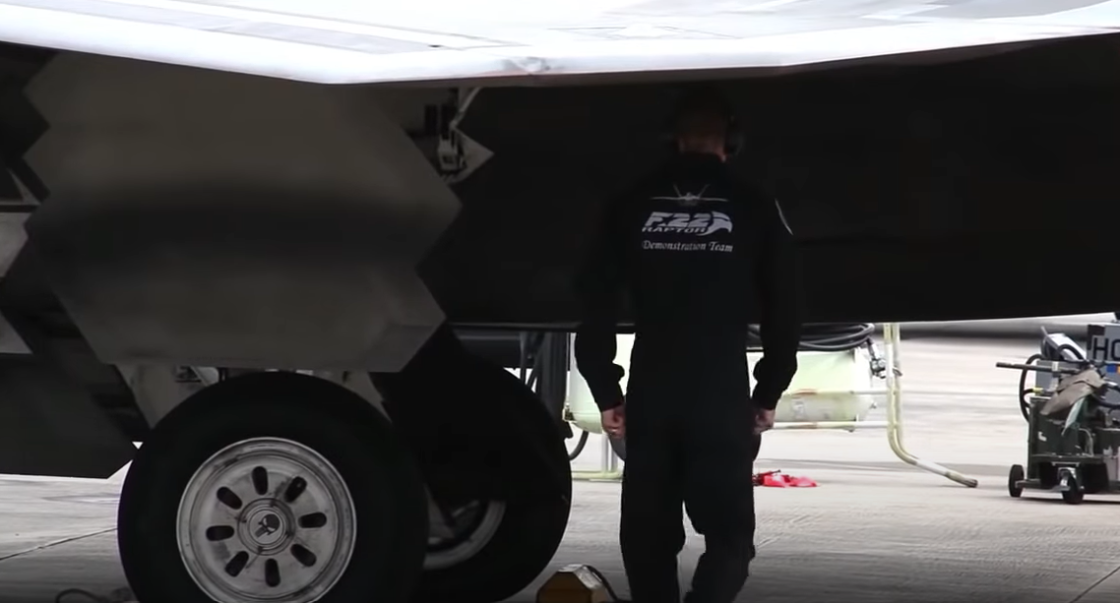Decoding the Price Tag of the F-22 Raptor

The F-22 Raptor, a cornerstone of American air superiority, is as impressive in its costs as it is in its technical capabilities. The product of a collaboration between aerospace giants Lockheed Martin and Boeing, the F-22 has generated much discussion about the financial implications of maintaining the technological edge in military aviation.
The F-22’s Initial Price Breakdown
An accurate appraisal of the F-22’s price requires understanding the two primary cost components: the Research and Development (R&D) cost, and the Unit Procurement cost.
Research and Development (R&D) Cost
The R&D phase for the F-22, which spans initial conceptualization to finalizing the prototype, extended over two decades and cost approximately $32 billion by September 2021. This process entailed multiple stages, each with its own set of costs:
- Conceptualization: This stage involves brainstorming, research, and theoretical modeling. It’s where ideas are proposed and refined, with the focus on developing an aircraft that meets the U.S. Air Force’s operational needs;
- Design: This phase is where detailed plans for the aircraft are drafted. Using advanced computer systems, engineers draw up the specifications, systems, and structures of the aircraft. The use of digital models is crucial here for simulations and virtual tests;
- Prototyping: Once the design is finalized, a full-scale prototype is constructed. This prototype is subject to rigorous testing to ensure it meets the required performance standards. Any faults identified at this stage necessitate design adjustments, leading to further costs.
Unit Procurement Cost
This represents the cost of manufacturing each F-22 jet and incorporates the costs of materials, labor, and quality assurance testing. As of 2021, this stood at around $150 million per aircraft. The steps involved in the production process are:
- Material Acquisition: The F-22 uses advanced materials for its construction, including titanium alloys and radar-absorbent materials. These materials aren’t cheap, and acquiring them is a significant part of the cost;
- Production: This is the assembly stage where the aircraft is physically built. It involves numerous specialized employees working with high-precision machinery. The F-22’s production process is complex due to its stealth features and intricate internal systems;
- Testing: Each produced aircraft must be tested thoroughly. These tests ensure that all systems function correctly, and the aircraft performs to the required standards.
However, to truly grasp the F-22’s cost, it’s crucial to comprehend the Total Program Cost. This approach adds the R&D cost to the cumulative procurement cost of all aircraft produced, providing a more comprehensive per-unit cost. Given the known R&D cost, the number of F-22s produced (195), and the known unit cost, we can calculate that the Total Program Cost was $61.25 billion. Dividing this figure by the number of units produced reveals that each F-22 Raptor cost about $314 million in reality.
Extended Costs of the F-22 Program

While the above elements provide a comprehensive look at the F-22’s price, they don’t fully capture all the associated costs. Other significant elements include:
| Cost Category | Description |
|---|---|
| Maintenance and Operational Costs | Ongoing expenses crucial for the F-22’s lifecycle. Regular maintenance and repairs to keep the aircraft operational. Training pilots and ground crew. Fueling the aircraft. Updating its systems. Reported cost: Approximately $68,000 per flight hour in 2013. One of the most expensive aircraft to operate. |
| Infrastructure Costs | Significant investment in infrastructure required. Includes new/upgraded hangars, maintenance facilities, and runways capable of supporting the F-22. Construction of secure storage facilities for the aircraft and its sensitive equipment. |
| Decommissioning and Disposal Costs | Expenses incurred when retiring an F-22. Safe and compliant disposal in accordance with environmental regulations. Specialized materials, some potentially hazardous, contribute to the cost. |
Implications of the F-22’s High Cost
The F-22, a fifth-generation fighter aircraft, has been praised for its unmatched capabilities and technological superiority. However, its high price has sparked debates and controversies surrounding its value and impact. Here, we explore some significant implications of the F-22’s cost:
Economic Impact
The F-22 program has substantial effects on the U.S. economy, both on a national and local level. The procurement of various components and materials from suppliers across the country boosts manufacturing and industrial sectors, creating a ripple effect of economic benefits. Additionally, the production and maintenance of the F-22 generate high-paying jobs in the defense industry, contributing to increased consumer spending and tax revenues.
Economic Impact of the F-22 Program
| Economic Aspect | Impact |
|---|---|
| Job Creation | High-paying jobs in defense sector |
| Manufacturing Sector | Boosts production and supply chain |
| Local Economies | Positive impact on communities |
| Tax Revenues | Increased through economic activity |
Defense Budget Implications
The inclusion of the F-22 program in the defense budget underscores the nation’s commitment to maintaining air superiority and technological advancement. However, the considerable cost of the F-22 can lead to budgetary challenges. With finite resources available, investing a substantial portion of the defense budget in the F-22 may divert funds from other crucial defense initiatives, potentially compromising overall military readiness and capabilities.
Defense Budget Implications
| Aspect | Implication |
|---|---|
| Air Superiority | Demonstrates commitment to air dominance |
| Limited Resources | May divert resources from other vital defense projects |
| Military Readiness | Potential impact on readiness and capability |
Opportunity Cost
Investing in the F-22 program involves an opportunity cost. The significant funds allocated to the development, procurement, and maintenance of the F-22 could have been allocated to other defense projects or areas of national importance. Additionally, funding directed towards the F-22 might have been used for non-defense purposes, such as education, infrastructure, or research, which could also impact the nation’s long-term development.
Opportunity Cost of the F-22 Program
| Area of Impact | Opportunity Cost |
| Defense Projects | Potential loss of investment in other crucial programs |
| National Development | Reduced funding for education, infrastructure, research |
| Global Competitiveness | Potential impact on other technological advancements |
Conclusion
F-22 Raptor’s price tag reflects its advanced technology, sophisticated manufacturing processes, and the strategic investment required to maintain air dominance. The cost of such an advanced aircraft encompasses more than just production costs and extends into R&D, ongoing operational and maintenance expenses, infrastructure, and even decommissioning. Consequently, the F-22 is more than a feat of aviation technology – it’s a testament to the significant investments necessary for ensuring national security.
FAQ
The F-22 is expensive due to the use of state-of-the-art technologies, extensive R&D, advanced materials, and sophisticated manufacturing processes. Its high-tech equipment and weaponry also contribute to its cost.
As of September 2021, a total of 195 F-22 Raptors, including eight test aircraft, were produced.
No, the production of the F-22 Raptor officially ended in 2011.
The primary alternative within the U.S. military is the F-35 Lightning II, another fifth-generation fighter aircraft. The F-35 is slightly less expensive and has a different set of capabilities, making it more suited for certain missions.
As of now, the U.S. Air Force is not actively seeking a direct replacement for the F-22. However, they continually work on developing newer technologies and aircraft as part of their ongoing modernization efforts.